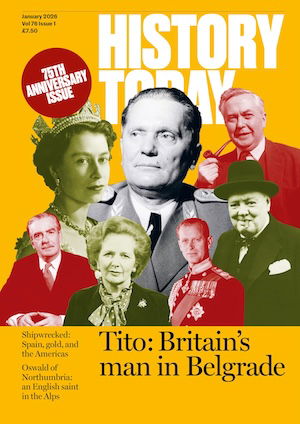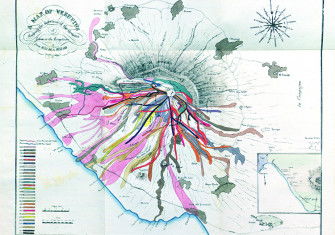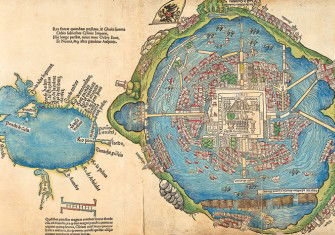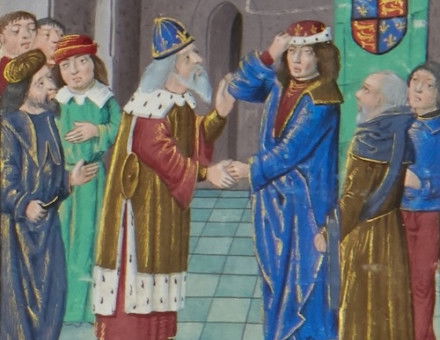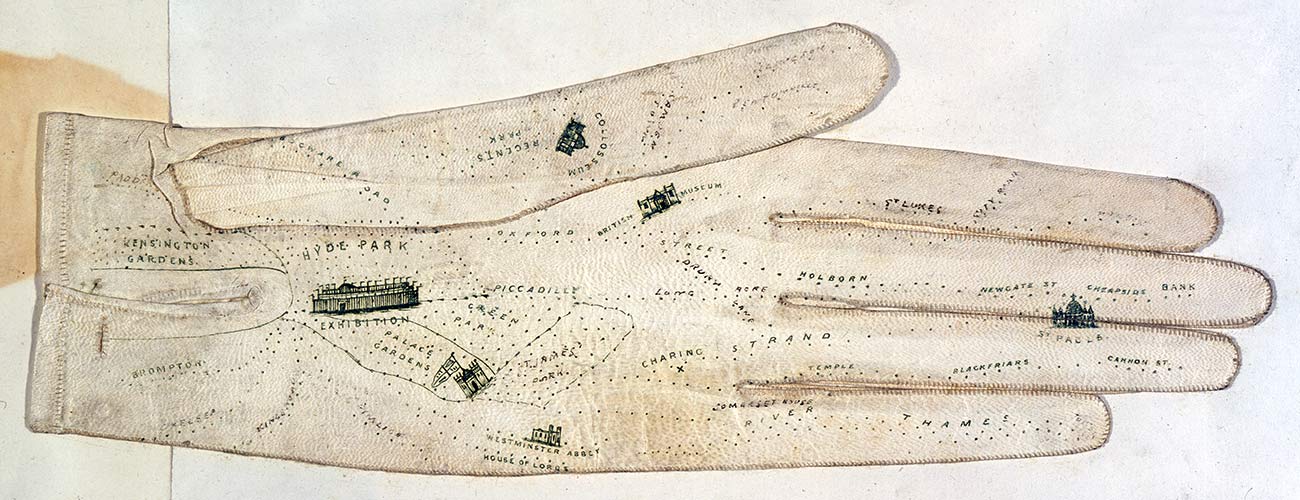
The Map: London, 1851
The landmarks of Victorian London, painted onto a fashionable leather glove.
Open between 1 May and 11 October 1851, over six million visitors managed to find their way to London’s Great Exhibition in Hyde Park.
Overseen and spearheaded by Prince Albert, the Exhibition was meant to show off the best that Britain, and the world, had to offer – in culture, inventions and curiosities. It was hoped that some of its more fashionable female visitors would get there and back using this leather glove, designed by George Shove in 1851 and painted with London landmarks and roads.
The newly built Crystal Palace, the home of the Exhibition, takes pride of place in the palm of the hand. Other landmarks include Buckingham Palace, identifiable by its flying flag, Westminster Abbey and the British Museum.

